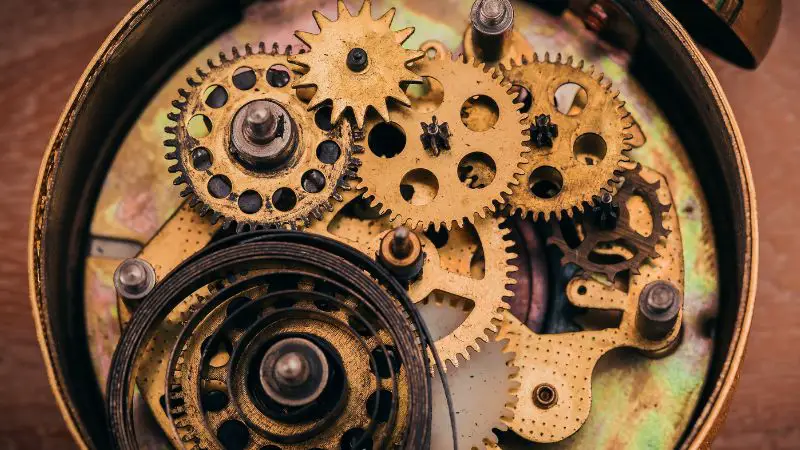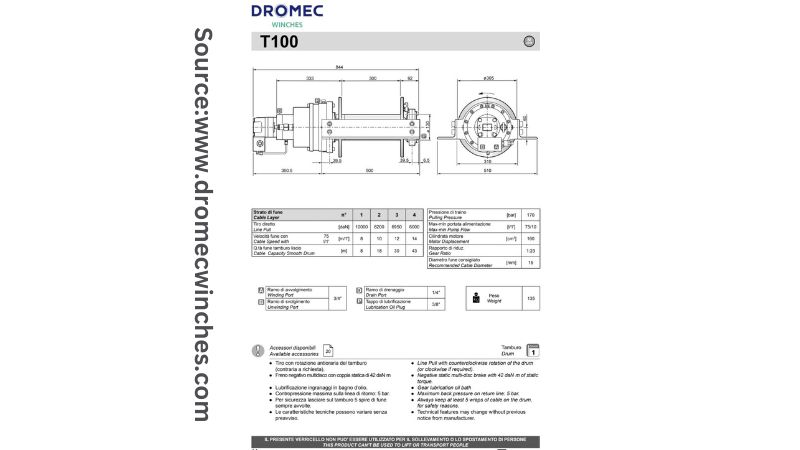Planetary gear oil, or gearbox oil, is a particular type of oil that lubricates the planetary gear system. Also, it must have sufficient viscosity to do the job of gear teeth, coating bearings, and axles. Lubricating your planetary gear systems is one of the most important things.
It’s because with it you can ensure that they provide the best performance as you expected. Depending on how you use your gears and size, they must be adequately lubricated. That’s why, for your planetary gearbox, you should use the right planetary gearbox oil.
Related: Can You Mix Gearbox Oil?

Planetary Gearbox Oil
For your planetary gear, you need to use manufacturer-recommended oil. For your planetary gear, they usually recommend 80 or 90w gearbox oil. Actually, this type of gear oil contains EP (extreme pressure) lubricant, which can give it a sulfur smell.
EP Gear Oil is involved in a speed-reduction planetary gear set formulated to deliver outstanding lubrication coverage. Besides this, it will be able to decrease friction and help carry the heat generated from the core components. And it must be clean of contaminants that could cause corrosion.
Different Types of Gearbox:
As you know, there is a wide range of gearbox applications. Here we discuss the classification of gearboxes. And we have also introduced the main types of industrial and automobile gearboxes.
Industrial Gearbox
- Helical gearbox
- Coaxial helical inline gearbox
- Bevel helical gearbox
- Skew bevel helical gearbox
- Worm reduction gearboxes
- Planetary gearbox
Automobile Gearbox
- Manual transmission
- Sliding-Gear Transmission
- Constant-Mesh Transmission
- Pre-selector Transmission
Let’s Discuss in detail Industrial gearboxes:
Helical Gearbox
The helical gearbox is a compact and low-power customer. You can use these components in various industrial applications, like heavy-duty applications. Even so, most people use these gearboxes to construct cement, rubber, and other heavy industrial applications. Moreover, it is helpful for all low-power applications like coolers, conveyors, extruders, and more.
Coaxial Helical Inline Gearbox
Coaxial helical gearboxes are also perfect for heavy-duty applications. Coaxial helical lines are best for their quality and efficiency. They are manufactured with high specifications, which allows you to maximize the load and transmission ratio.
Skew Bevel Helical Gearbox:
The Skew Bevel Helical Gearbox is the best for its monolithic structure. And because of these features, it is usable in heavy loads and other applications. Typically, this industrial gearbox provides mechanical benefits if mounted on the pepper motor shaft output. Most importantly, you can get them in any size because it’s customizable.
Worm Reduction Gearbox:
Worm reduction gearboxes are used to carry out heavy-duty operations. They are used when enhanced speed reduction between non-intersecting crossed-axis shafts is needed. For a worm wheel, it’s perfect because it has a large diameter. Similarly, these gearboxes are best for heavy industries like chemicals, minerals, and fertilizers.
Planetary Gearbox:
A planetary gearbox contains a central sun gear surrounded by three of the four planet gears. An outer ring gear with inner teeth holds them together. They spread power evenly through the gears. Also, they enabled a planetary gear system to accomplish a high torque in a bit of space. Basically, they are famous for developing technologies like robotics and 3D printing.
Let’s Discuss in detail Automobile Gearboxes
Manual Transmission
The driver selects all gears manually using a movable gear selector and a driver-operated clutch. Everyone also called this transmission a “standard” transmission.
Sliding-Gear Transmission
Sliding-gear transmissions are only available on older model cars. When the transmission is neutral, the cluster and primary drive gear are only moving inside the transmission case. To send power to drive wheels, the clutch pedal must be depressed to move the shifter handle.
Constant-Mesh Transmission
Adequately, this type of transmission keeps the cluster, drive, and main shaft gears. Additionally, it’s possible because the gears rotate around the main shaft. They use the fog clutch to lock these gears when they need to.
Pre-Selector Transmission
Manual transmissions went through a series of variations and evolutions like all things. The reason is that automakers experimented with the design. Before the introduction of automatic transmissions, a manual transmission type was known as the Wilson Pre-Selector.
How Is a Gearbox Lubricated?
Like the other tools and equipment, you should lubricate the gearbox to reduce friction. If you can adequately lubricate your gearbox, it will provide cooling to get increased life. But you may be wondering how to lubricate the gearbox. Although many methods exist to lubricate the gearbox, we explain the most common method here. The standard methods are:
- Grease lubrication
- Oil splash
- And Forced Oil
Let’s discuss these three methods here
Grease Lubrication:
For low-speed operation, this grease lubrication method is best. But one tricky thing about this method is that it provides less cooling than oil. So you can’t use this method in continuous-duty or heavy-load applications, even at low speeds.
As with any lubrication, using the correct amount of lubricant, especially with grease, is essential. Using improper lubrication prevents the formation of a sufficient lubrication film. Similarly, if you use too much grease, it can cause viscous drag and reduced strength.
Oil Splash Lubrication:
Accordingly, oil splash lubrication is often seen in spur, bevel gearboxes, and helical. In other words, oil splash lubrication is known as an oil bath. It’s because it uses a reservoir filled with oil.
Along with gear rotation, they dip into oil baths and splash oil onto other bearings and gears. Unfortunately, if the gear teeth are entirely submerged, a situation known as “churning” arises.
Forced Oil Lubrication:
This type of lubrication is suitable for high-speed applications and includes techniques like oil spray, oil mist, and oil drop. The oil is atomized in this system to saturate all gear areas and other internal tools.
On the contrary, oil is lubricated directly on gears and other components in the oil spray method. But remember that this method is only sometimes effective because the high centrifugal forces affect the oil apart direction.
Dinamic Oil Planetary Gearbox:
Dinamic Oil gearboxes have one of the industry’s largest and most complete ranges of planetary gearboxes. They create a remarkable 2.2 million ft-lbs of negligible gearbox torque. Whether your application is industrial, mobile, hydraulic, or electrical, they can fulfill all your needs.
They provide many planetary gearboxes which are ranging from 750 ft-lbs to 2.2 million ft-lbs along with nominal gearbox torques from 3.5 to 22,000. And the Gearbox ratios: 1.
RE and GB series of planetary gearboxes exceed current industry standards for axial and radial radio, any given size. Likewise, it’s complete with a broad offering of output/input configurations and accessories.
They supply their planetary gearboxes with the following outputs; Flange mount, shaft mounted with shrink disc or foot support. Output shafts can be male or female, splined, cylindrical, square, or hexagonal.

Final Word:
Your planetary gears must be lubricated appropriately; otherwise, your unit may experience wear issues. Generally, heat and friction can cause significant problems when you’re running gear.
Especially if you’re running it at high RPM, friction will create. That’s why you should adequately lubricate your planetary gearbox. But before using planetary gearbox oil, you should choose the best one for your gearbox.
Overall, knowing how you’re using your gear and how to lubricate your planetary gears properly is essential. Improper lubrication can wear out the life of your gear.
